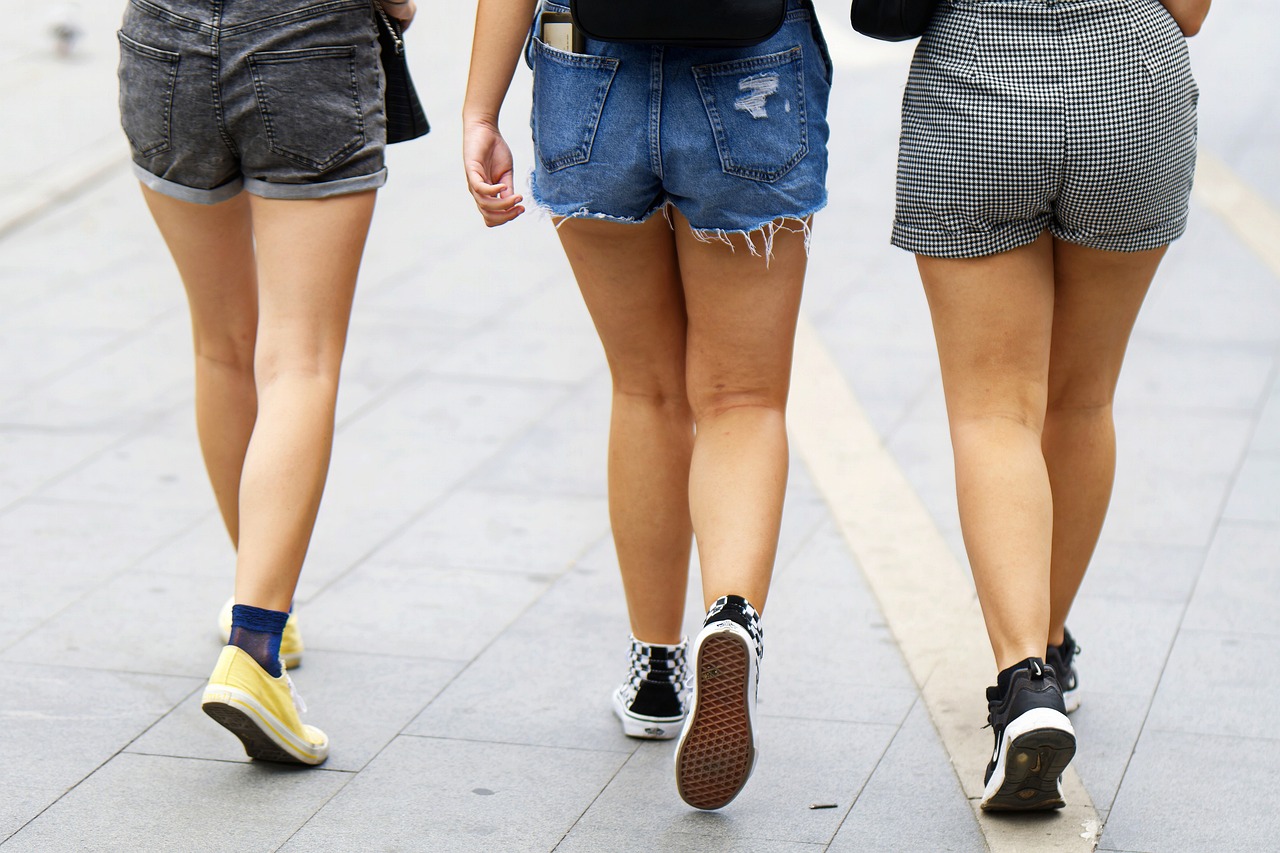The Role of Dance in Personal Expression
11xplay, diamondexch9 com, sky exchange sign up:Dance has always been a powerful form of personal expression. From the graceful movements of ballet to the energetic beats of hip-hop, dance allows individuals to convey their emotions, thoughts, and experiences in a unique and compelling way. In this article, we will explore the role of dance in personal expression and how it can be a powerful tool for self-discovery and communication.
Dance as a Form of Self-Expression
Dance is often described as a universal language that transcends cultural and linguistic barriers. Through movement, dancers can express feelings and emotions that may be difficult to put into words. Whether it’s joy, sadness, anger, or love, dance allows individuals to communicate their innermost thoughts and experiences in a tangible and visible way.
In addition to emotions, dance can also be a means of expressing one’s identity and personal beliefs. Through movement, individuals can showcase their cultural heritage, values, and experiences, creating a sense of connection and belonging. Dance can also be a form of protest or rebellion, allowing individuals to challenge social norms and advocate for change.
The Physical and Emotional Benefits of Dance
In addition to its role in personal expression, dance also offers a wide range of physical and emotional benefits. The physical demands of dance can help improve strength, flexibility, and endurance, leading to a healthier body and mind. Dance can also be a powerful stress reliever, helping individuals to relax and unwind after a long day.
Furthermore, dance has been shown to boost self-confidence and self-esteem. Through mastering new movements and choreography, dancers can feel a sense of accomplishment and pride in their abilities. Dance can also foster a sense of community and camaraderie, as individuals come together to create and perform together.
The Role of Dance in Healing and Therapy
Dance has been increasingly recognized as a valuable form of therapy for individuals dealing with mental health issues, trauma, and other challenges. Dance therapy uses movement and creative expression to help individuals process and cope with their emotions in a safe and supportive environment. Through dance, individuals can explore their feelings, build resilience, and develop coping mechanisms for dealing with stress and anxiety.
In addition to its therapeutic benefits, dance can also be a powerful tool for healing and personal growth. By connecting with their bodies and emotions through movement, individuals can release pent-up energy and emotions, leading to a sense of relief and renewal. Dance can also help individuals develop a greater sense of self-awareness and self-acceptance, leading to a deeper understanding of themselves and their place in the world.
The Importance of Dance in Personal Development
As a form of creative expression, dance can play a crucial role in personal development and growth. Through dance, individuals can explore their creativity, imagination, and sense of self, leading to a greater sense of authenticity and fulfillment. Dance encourages individuals to step outside of their comfort zones, take risks, and embrace new challenges, leading to personal growth and transformation.
Furthermore, dance can help individuals develop important life skills such as discipline, perseverance, and teamwork. By committing to a regular dance practice, individuals can learn the value of hard work, dedication, and focus, leading to a greater sense of achievement and success. Dance can also foster a sense of empathy and compassion, as individuals learn to connect with others through movement and shared experiences.
In conclusion, dance plays a vital role in personal expression and development. Through movement and creative expression, individuals can communicate their emotions, thoughts, and experiences in a powerful and meaningful way. Dance offers a wide range of physical, emotional, and therapeutic benefits, helping individuals to heal, grow, and connect with others. Whether you’re a seasoned dancer or a beginner, dance has the power to transform your life and help you discover the true depths of your creativity and self-expression.
FAQs
Q: Can anyone learn to dance?
A: Yes, anyone can learn to dance! Whether you’re a beginner or an experienced dancer, there are many styles and levels of dance classes available for all ages and abilities.
Q: How can dance help with mental health issues?
A: Dance therapy and movement-based interventions have been shown to help individuals cope with stress, anxiety, depression, and other mental health challenges. Dance can provide a safe and supportive outlet for processing emotions and building resilience.
Q: What if I’m not a good dancer?
A: It’s important to remember that dance is a personal and subjective form of expression. The most important thing is to enjoy the process and express yourself authentically. With practice and dedication, anyone can improve their dance skills and find joy in movement.
Q: How can I incorporate dance into my daily life?
A: There are many ways to incorporate dance into your daily routine, whether it’s through taking a dance class, dancing at home to your favorite music, or attending dance performances and events. Find what moves you and brings you joy, and let dance be a source of inspiration and expression in your life.







